These Former Video Game Designers Are Using VR at Duke Energy
Duke Energy’s XR Lab builds programs to improve safety, training and recruitment
Published 05-19-21
Submitted by Duke Energy
While they used to work for video game studios, the artists and software engineers of Duke Energy’s XR Lab are now designing virtual reality programs to help keep their teammates safe.
Duke Energy’s priority is safety, and virtual reality will allow trainees to learn utility basics with reduced risk. Wearing a headset, the trainee is engaged in a virtual environment that looks like a video-game version of their work area. The designers make the training as realistic as possible from the virtual safety gear they wear to the interactive controls on equipment.
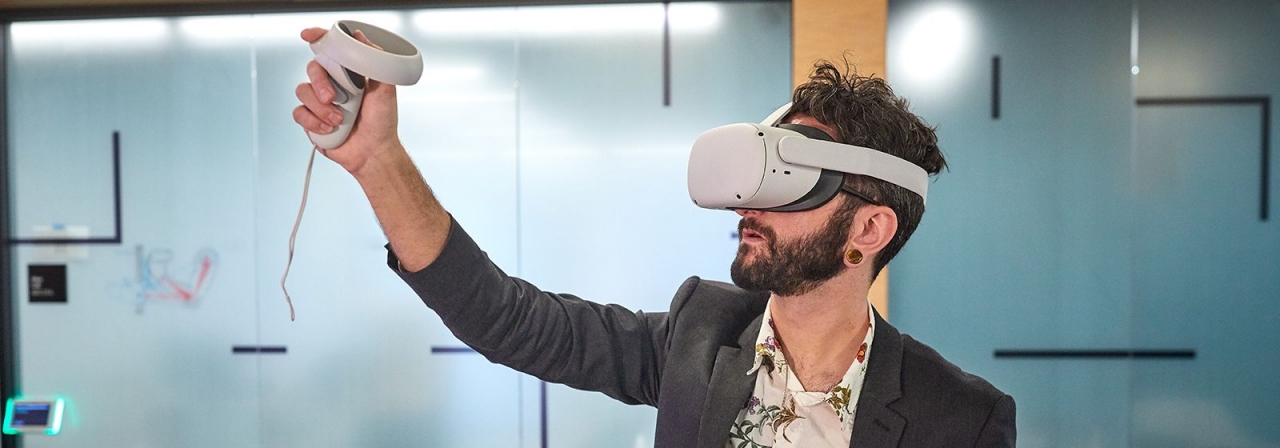
“Trainees are building muscle memory in VR,” said XR Lab manager Elizabeth Escobar-Fernandes. “It’s so immersive that when the first-time trainees go out in the field, they feel they’ve done it before.”
The first training program the XR Lab released showed how to vent a natural gas line – a process where employees check lines and remove natural gas from the pipeline so that they can make repairs. They have since designed programs to train wind technicians how to operate substations and another that qualifies natural gas technicians to inspect rights-of-way for leaks and hazards.
To become a qualified natural gas technician, users hop in a virtual ATV to ride the right-of-way to look for hazards like exposed pipes or excessive vegetation. Once they detect a hazard, they describe to an evaluator what they’re seeing to show they understand the material. If they make a mistake, they get a pop-up message that teaches them the correct action.
“You're being exposed to these things in a safe way,” said XR Lab software engineer Matt Prangley. “You're not being exposed in the wild to an actual hazard that could have real-life consequences.”
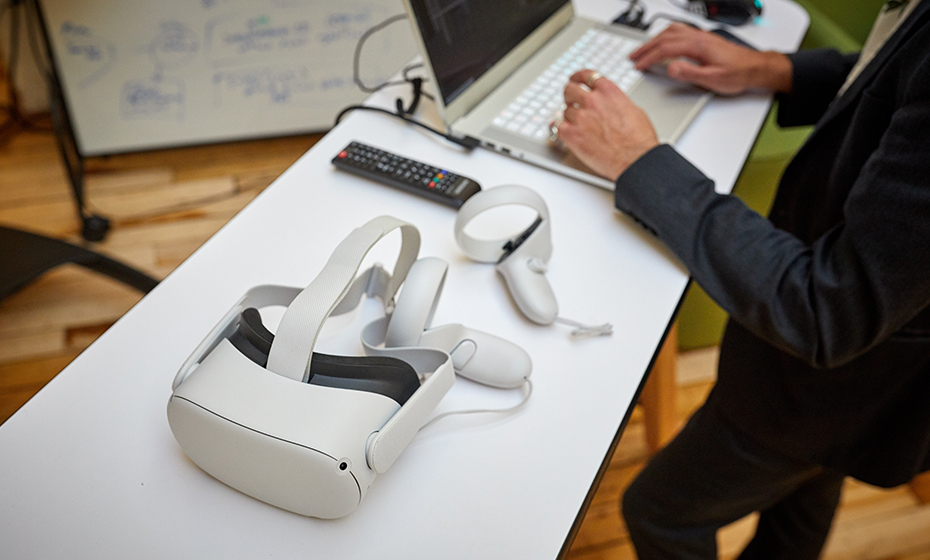
The virtual experience is more effective, too, because trainees are guaranteed to find hazards. In person, they could patrol all day and not find anything unusual.
“So, this is a way they can do that relatively quickly and economically,” said John McGuire, the XR Lab’s technical lead, “but still be able to see and identify all the things they might see out in the real world.”
Natural gas performance evaluators Ray Blackwell, Pablo DeLeon and Fred Wells helped develop the natural gas program and qualify natural gas technicians. At first, Blackwell said, he wasn’t sure if employees would embrace a new technology. However, every employee he worked with – from new employees to those with 30 years on the job – gave positive feedback.
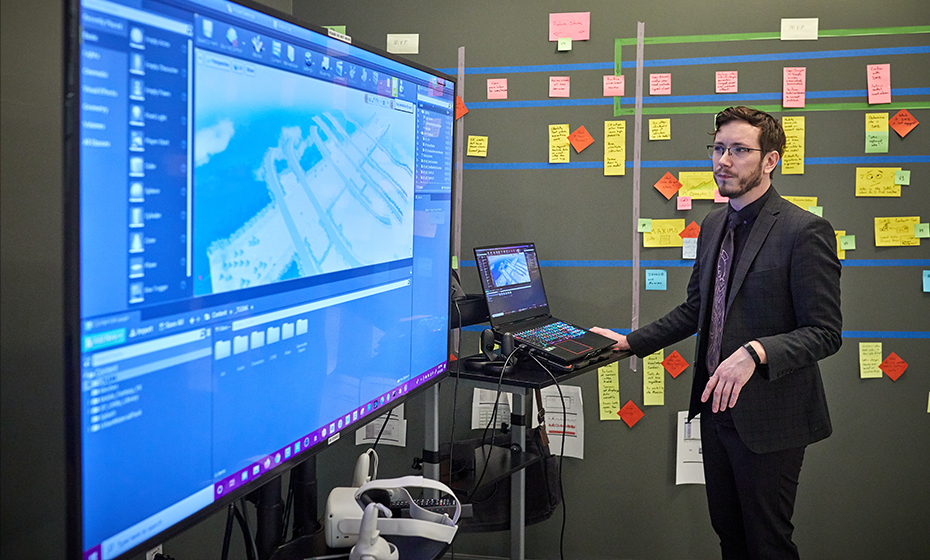
Scott Abramson, Duke Energy Sustainable Solutions’ director of operational excellence, will use the virtual reality program for part of their new-hire training. Because Duke Energy has solar and wind facilities across the country, being able to do part of the training virtually will help reduce travel.
“We’re from California to New York, Wisconsin to Texas, and everything in between,” Abramson said, “so, we can ship them that headset then their instructor can work with them and qualify them in any place. It reduces costs, it increases the learning curve by at least 30 percent, and the retention is much greater.”
Of the Duke Energy employees who have used virtual reality training, 94 percent said it would help them do their jobs. A 2020 PricewaterhouseCoopers study showed virtual reality learners are four times more focused than e-learning students and 275 percent more confident in applying the skills after training.
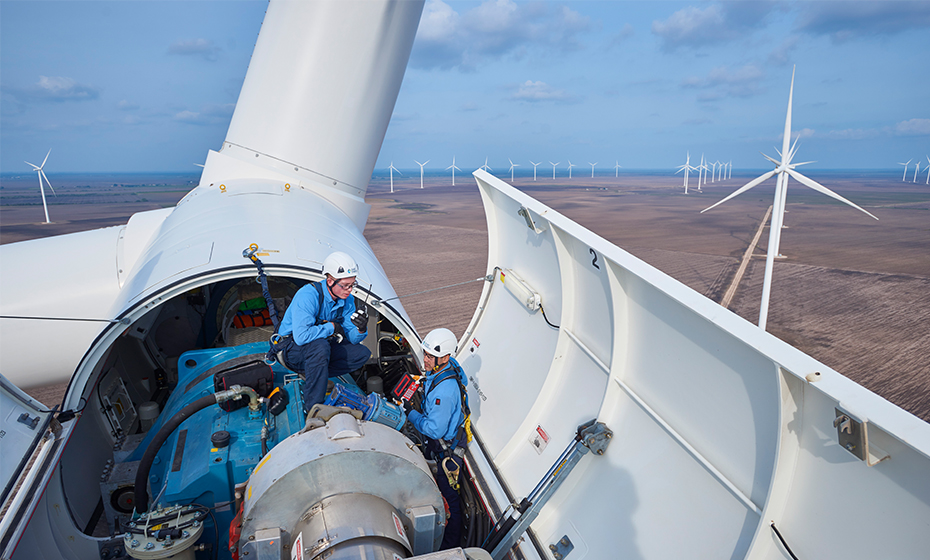
Duke Energy announced it would design virtual reality training programs under the name Virtual Crew for other utilities as a service.
Designing a program starts with an image of the work environment or Duke Energy’s metrology team, who scans the area with lasers to provide the artists and programmers a base to build the virtual environment. The file they provide is similar to an engineering print, which the XR Lab converts to a version that’s compatible with a three-dimensional virtual reality environment. They build off the drawing to bring the environment to life – for example, the virtual substation modeled off one at Los Vientos Wind Project in Texas has textures that mimic the real substation’s feel with vegetation to match the scrub-like terrain.

Prangley and John Diasparra, the XR Lab’s lead technical artist, came to Duke Energy in 2019 after developing video games. They didn’t expect to work for a utility but are glad to be able to support an essential industry.
“What we've been able to do already is extremely exciting from safety, operations and outreach to our customers,” Diasparra said, “but we've still only just begun. The design that we can bring forth and the experience that we can bring to people, I think is going to be really powerful moving forward.”
Improved technology will create opportunities for utilities, and the XR Lab has received requests from several departments for programs. The lab is part of a broader Duke Energy initiative to innovate as it works toward achieving net-zero carbon emissions by 2050. To generate cleaner energy that’s affordable, reliable and safe, the company will need new technologies, like virtual reality, to be more efficient and keep up with the changing industry.
Abramson said he hopes one day a wind technician standing atop a turbine can summon a hologram to troubleshoot a repair. The first step toward that kind of innovation starts with using virtual reality today.
“This is cutting edge technology,” he said. “To stay competitive – to have our workforce best prepared – we have to embark on this.”
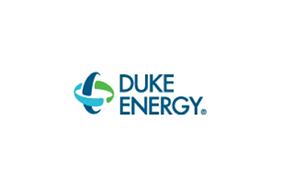
Duke Energy
Duke Energy
Duke Energy (NYSE: DUK), a Fortune 150 company headquartered in Charlotte, N.C., is one of America’s largest energy holding companies. The company’s electric utilities serve 8.4 million customers in North Carolina, South Carolina, Florida, Indiana, Ohio and Kentucky, and collectively own 54,800 megawatts of energy capacity. Its natural gas utilities serve 1.7 million customers in North Carolina, South Carolina, Tennessee, Ohio and Kentucky.
Duke Energy is executing an ambitious energy transition, keeping customer reliability and value at the forefront as it builds a smarter energy future. The company is investing in major electric grid upgrades and cleaner generation, including natural gas, nuclear, renewables and energy storage.
More information is available at duke-energy.com and the Duke Energy News Center. Follow Duke Energy on X, LinkedIn, Instagram and Facebook, and visit illumination for stories about the people and innovations powering our energy transition.
More from Duke Energy

